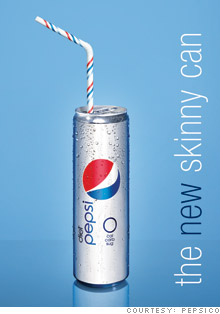In the latest re-touching leak, before and after shots of Katy Perry’s Rolling Stone cover were counterposed at Elephant this month and sent in by Dmitriy T.M. It’s a nice reminder that even incredibly beautiful, thin women — women who, for all intents and purposes, already conform to contemporary standards of beauty — are also being photoshopped to conform even more closely to an impossible ideal. Notice the slimming of her thigh, plumping of her breasts, smoothing of her skin, and re-making of her right hand.

Our re-touching tagis full of good stuff.
Lisa Wade, PhD is an Associate Professor at Tulane University. She is the author of American Hookup, a book about college sexual culture; a textbook about gender; and a forthcoming introductory text: Terrible Magnificent Sociology. You can follow her on Twitter and Instagram.






